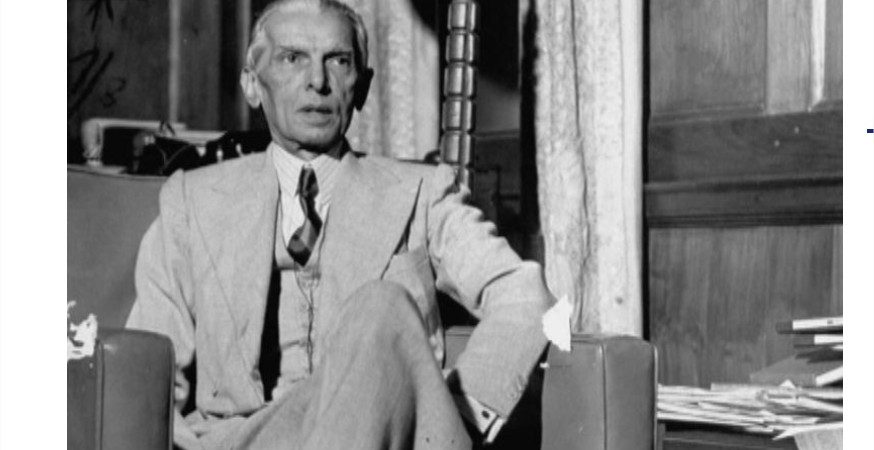Take a trip around Quaid-e-Azam’s London residence

Before the partition of the subcontinent, before he joined politics and way before he started practicing law in India, a young Muhammad Ali Jinnah arrived in London in the 1890s to study at Lincoln’s Inn.
According to a blue plaque outside 35 Russell Road, the founder of our nation lived there, in the borough of Kensington, in 1895.
Recently, author and academic Ayesha Siddiqa tweeted photographs of Quaid-e-Azam’s residences in London “from when he came for his apprenticeship around late 1800s, 2 when he moved there & ventured 2 join English politics in 1930”.
In a detailed post on Facebook, Siddiqa said: “Muhammad Ali Jinnah went to London in late 1890s and lived in Kensington. The house there has a plaque in his name and says he lived there in 1895. He had gone to hear the speech of Dadabhoy Nooroji who got elected to the House of Commons around that time.”
She said that the neighborhood “still doesn’t compare with Hampstead where he went to live later in 1930. He first joined the Fabian Society which later became Labour Party and wanted to get a ticket and contest elections like Dadabhoy Nooroji”.
“He didn’t succeed so then joined the Conservative Party and tried the same but failed. Afterward, he returned to India and took up leadership of the Muslim League. He lived in a large house in the Heath of Health neighborhood. The house is no longer there but was very close to where Rabindranath Tagore and DH Lawrence also lived,” she shared.
“The photo of the street gives an idea of where he lived. The last two photos are of the pub King William IV which he used to frequent which is why they have a photo of him inside,” the author added.
London’s blue plaques
London’s famous blue plaques link the people of the past with the buildings of the present. Now run by English Heritage, the London blue plaques scheme was started in 1866 and is thought to be the oldest of its kind in the world.
There are over 900 plaques on buildings to honour the men and women who lived or worked there.
Jinnah’s Kensington residence received a plaque in 1955 after a request was made to London’s city council to declare it a heritage site. You can read about it more here.
Related News

Dar extends sympathy to UAE over torrential rains devastation
ISLAMABAD, APR 24: /DNA/ – Foreign Minister of Pakistan, Ishaq Dar held telephone conversation withRead More

PTI blasts FO for silence over US warning of imposing sanctions for doing business with Iran
Govt should issue befitting, solid response to US administration threatening statement ISLAMABAD: /DNA/ – PakistanRead More


Comments are Closed